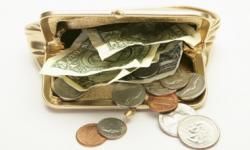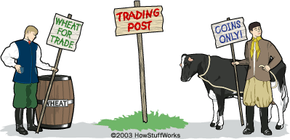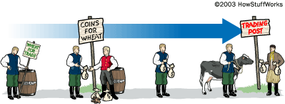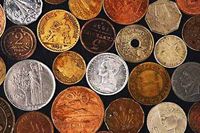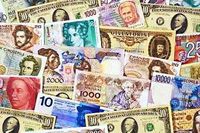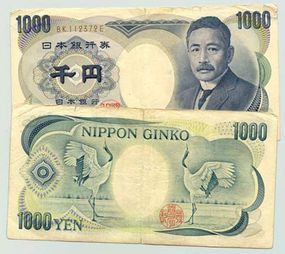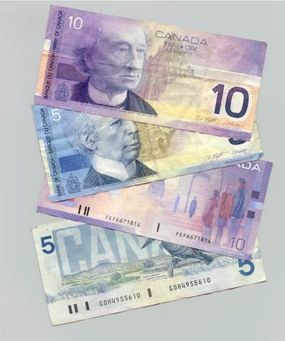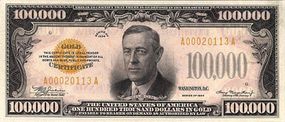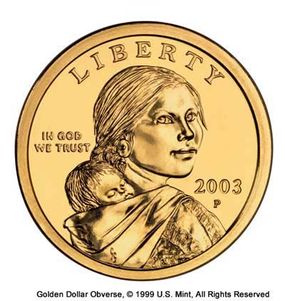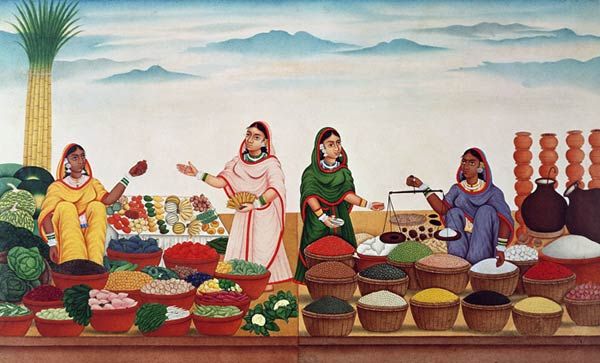Currency seems like a very simple idea. It's only money, after all, and that's just what we use to buy the things we want and need. We get paid by our employers, and we use that money to pay the bills, buy our food, and purchase goods and services. We might put some in a savings account at the bank or invest it in stocks or real estate, but for the most part, currency seems like a fairly straightforward concept.
In fact, the development of currency has shaped human civilization. Currency has stopped wars, and it has started many more. Cities and nations as we know them would not exist without it. It is difficult to overstate the importance of currency in modern life.
Advertisement
In this article, we'll look at the history of currency, from the earliest coins all the way to Internet banking. We'll also discuss the development of currency in the United States, as well as the economics involved in setting exchange rates and controlling inflation.
Advertisement
